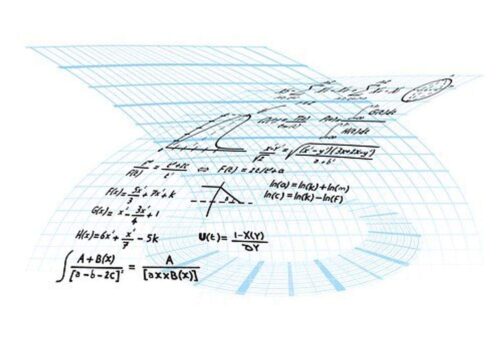The term “fraction” comes from the Latin word “fractio,” which means “to break.” The Egyptians, the first culture to study fractions, studied fractions to address mathematical difficulties such as the division of food and resources, as well as the absence of a metal currency.
Fractions have only been documented in Ancient Rome, utilizing words to convey a portion of the total. Fractions were originally written in India with one number atop another (numerator and denominator), though without a line. It was just the Arabs who introduced the line that separates the numerator and denominator.
Definition Of Fraction
Fractions, which are expressed as numerical values in mathematics, can be defined as portions of that whole. A fraction is a piece or segment of any quantity taken from a whole, which might be an integer, a specified value, or an object. Let’s look at an example to better grasp this idea. Imagine a pizza that’s been cut into 8 equal pieces. Can you understand what 1/8 implies?
It translates to one in eight equal parts. This can also be written as:
one-eighth, often known as 1 by 8, and this is known as fraction number names.
Every fraction has a numerator and a denominator. The denominator represents the number of components into which the whole has been subdivided. It has been placed at the bottom of any fraction. The numerator specifies how many fractional portions are displayed. It is located in the top portion of the overall.
Types Of Fractions
A fraction is divided into two parts of number names: the numerator and the denominator. The given number at the top is generally referred to as the numerator, while the number at the bottom is known as the denominator. The numerator is more like a representation of the number of components that have been taken under consideration, whilst the denominator represents the total number of components for the whole.
While there are various forms of fractions, the three major types of fractions that are distinguished by the numerator and denominator are:
1. Improper fractions – An improper fraction is the one in which the numerator is larger than or mostly equal to the denominator. 5/2 and 8/7, for example, are incorrect fractions since 5 > 2 and 8 > 7.
2. Mixed fractions – A mixed fraction is a fraction that combines a whole number and a proper fraction. Mixed numbers or mixed fractions for the first example should be that the whole number portion is 1 and the correct fraction is 3/4. In the second instance, the whole number portion is 3 and the correct fraction is 4/7.
3. Proper fractions – 3/12 and 2/5, for example, are valid fractions since 3 < 12 and 2 < 5 are fractions. For instance, Bob obtained a snickers bar and split it into three equal halves. He grabbed one portion and handed the other two to his sister, Jessica. Bob’s part is represented as 1/3, while Sara’s share is represented as 2/3. Either of these fractions is correct fractions.
4. Unlike fractions – When the denominators of two or more fractions disagree, the fractions are referred to as, unlike fractions. For example, 1/2, 1/3, 2/5, 3/6, and so on. If somehow the fractions are dissimilar, we transform these to like fractions while adding or subtracting these fractions.
5. Like fractions – When the denominators of two or more fractions are all the same, the fractions are referred to as similar fractions. For example, 1/6, 2/6, 3/6, 5/6, and so forth. We could only conduct fraction basic arithmetic on like fractions.
Conclusion
The above article talks about the various types of fractions as well as the fraction of different numbers in brief. Students or teachers might also refer to Cuemath, which is an online platform that provides sufficient details on this particular topic for a better understanding.

